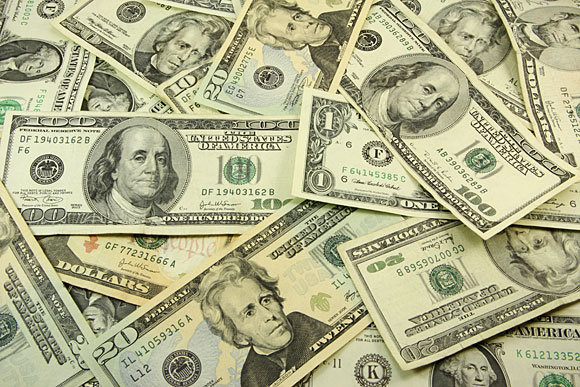The import of exports: Companies that generate big revenue overseas not helped by strengthening greenback
Today's stock market rally aside, the renewed strength of the U.S. dollar is wreaking havoc on the most international sectors of the domestic-equity markets. Nevertheless, opportunities in the equity markets still exist as a general flight to quality continues to support the greenback.
The utilities sector of the S&P 500, up 10.9% from the start of the year, stands out as one of the biggest beneficiaries of a strong dollar.
Consumer staples, up 4.7%, represents another area that has shown an ability to outperform the broader market in an environment that makes it more expensive for U.S. producers to export goods and services.
“The 30 stocks making up the Dow [Jones Industrial Average] now get more than half their revenues from abroad,” said Brian Gendreau, market strategist at Cetera Financial Group.
“I've always been a big proponent of global growers because the kinds of companies that do a lot of business abroad tend to benefit from a weak dollar,” he added. “Yet in times like these, when the dollar is stronger, those sectors that one would rely upon to take advantage of a weak dollar have not done well.”
The materials sector, representing one of the more globally diversified categories of companies, is down 16.8% from the start of the year.
The industrials sector is down 12.3%, and the energy sector is down 8.7%.
After a summer of volatility, the dollar began its most recent rally late last month, having gained 6% since Aug. 29, as measured by the PowerSharesDB U.S. Dollar Index exchange-traded fund Ticker:(UUP).
The index illustrates the performance of the dollar compared with the euro, Japanese yen, British pound, Canadian dollar, Swedish krona and Swiss franc.
While the recent rally in the U.S. dollar is being partially fueled by the latest risk-off trade resulting in a general flight to quality, some market watchers believe that the pattern is sustainable, and that does not bode well for equities longer-term.
“The dollar is a safe haven, regardless of what S&P says, and the dollar has started to break out versus all other currencies,” said Matthew Claassen, president of Claassen Research LLC, which conducts market analysis for hedge funds.
Mr. Claassen said the dollar's performance relative to U.S. equities and commodities can be forecasted by measuring the dollar against those currencies of commodity-producing countries such as Australia, Canada and Brazil.
“Our equity markets do worse when the U.S. dollar is rising relative to currencies of commodity producers, and my analysis says the Aussie dollar, for example, has already made its bull market peak,” he said. “It won't go straight down from here, but the Aussie dollar is now in a bear market, and that makes U.S. equity markets vulnerable.”







